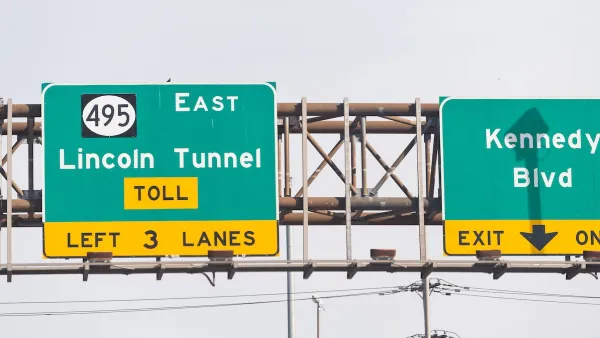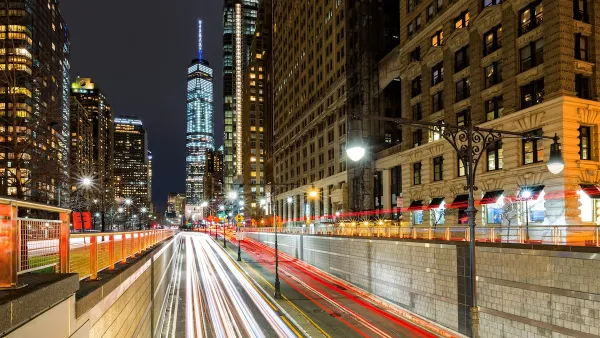For many drivers, the only experience more aggravating than being stuck in traffic is not being able to figure out why there's a jam in the first place. An explanation of the phenomenon called "Traffic Waves" may help ease the aggravation.
What's the likely cause for congestion during your commute? Collision? Construction? Guess again. Most congestion is caused by traffic waves, "a phenomenon that’s been exasperating drivers since the first cars started coming off Ford’s assembly line a century ago," writes Matthew Green.
"The simplest explanation for why traffic waves happen is that drivers have relatively slow reaction times: if the car in front of you suddenly slows down, it’ll likely take you a second or so to hit the brakes. The slower your reaction time, the harder you have to brake to compensate and keep a safe distance. The same goes for the car behind you, which has to brake even harder than you did in order to slow down faster. And so on down the road, in a domino-like effect," he explains.
To see this effect in action, play with the interactive visualization created by programmer Lewis Lehe, a civil engineering graduate student at UC Berkeley.
FULL STORY: What Are Traffic Waves and Why Do They Happen So Much?

Analysis: Cybertruck Fatality Rate Far Exceeds That of Ford Pinto
The Tesla Cybertruck was recalled seven times last year.

National Parks Layoffs Will Cause Communities to Lose Billions
Thousands of essential park workers were laid off this week, just before the busy spring break season.

Retro-silient?: America’s First “Eco-burb,” The Woodlands Turns 50
A master-planned community north of Houston offers lessons on green infrastructure and resilient design, but falls short of its founder’s lofty affordability and walkability goals.

Test News Post 1
This is a summary

Analysis: Cybertruck Fatality Rate Far Exceeds That of Ford Pinto
The Tesla Cybertruck was recalled seven times last year.

Test News Headline 46
Test for the image on the front page.
Urban Design for Planners 1: Software Tools
This six-course series explores essential urban design concepts using open source software and equips planners with the tools they need to participate fully in the urban design process.
Planning for Universal Design
Learn the tools for implementing Universal Design in planning regulations.
EMC Planning Group, Inc.
Planetizen
Planetizen
Mpact (formerly Rail~Volution)
Great Falls Development Authority, Inc.
HUDs Office of Policy Development and Research
NYU Wagner Graduate School of Public Service




























